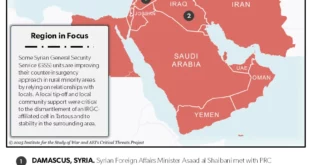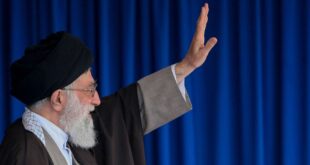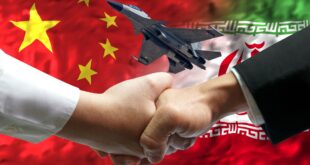 A senior Iranian nuclear official said the International Atomic Energy Agency’s (IAEA) report showed US suspicions about Tehran’s nuclear intentions were baseless. Washington claims that Iran wants to build atom bombs, not generate electricity. Tehran denies the allegations vehemently.
A senior Iranian nuclear official said the International Atomic Energy Agency’s (IAEA) report showed US suspicions about Tehran’s nuclear intentions were baseless. Washington claims that Iran wants to build atom bombs, not generate electricity. Tehran denies the allegations vehemently.
The IAEA report said Iran had just under 2,000 centrifuges divided into 12 cascades, or interlinked units, of 164 machines each refining uranium at its underground Natanz plant as of August 19, it said.
A 13th cascade was being run test-run empty, another was stationary undergoing tests under vacuum and two more cascades were being assembled, said the report, sent to the IAEA’s 35-nation board of governors and UN Security Council members.
The report’s detail on new Iranian cooperation with inspectors is likely to blunt Washington’s push for sanctions.
Russia, a Security Council veto-holder which does not think Iran poses an imminent threat to world peace, opposes more sanctions while Tehran’s rapprochement with the IAEA moves on.
The report countered impressions gleaned by Western diplomats from the August 21 pact that Iran had negotiated immunity to further IAEA investigations after existing issues were resolved, which officials hoped would happen by year-end.
The report also recapped the phased plan Iran agreed with the IAEA 10 days ago to resolve questions about the scope of its nuclear activity. It detailed how the IAEA had settled one issue already – past small-scale experiments with plutonium.
“If (tougher) sanctions come, our process will face a setback at a minimum, if not a halt,” a senior UN official familiar with IAEA-Iranian contacts said, reflecting IAEA concerns that US-led efforts to escalate penalties could only corner nationalistic Iran and goad it to freeze out inspectors.
 Eurasia Press & News
Eurasia Press & News


